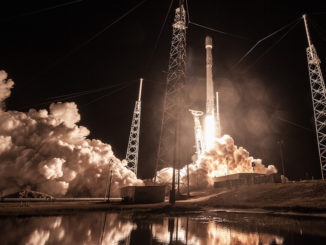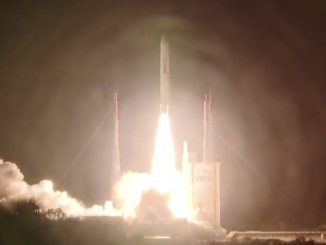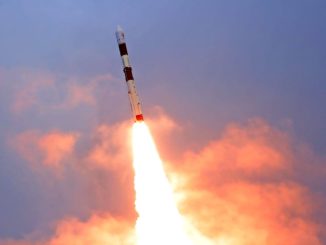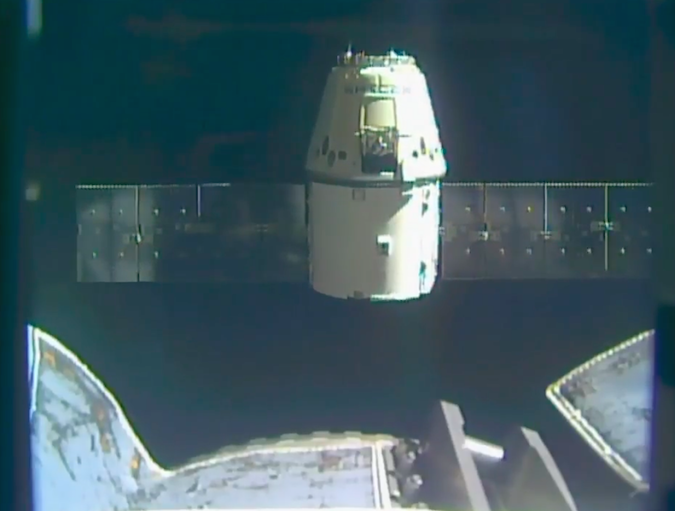
Returning home from more than a month in orbit, a SpaceX Dragon supply ship departed the International Space Station and parachuted into the Pacific Ocean on Sunday with nearly two tons of research specimens and hardware, including mice sent up to investigate how spaceflight affects eyesight and locomotion.
Wrapping up the 12th successful round-trip Dragon mission in 13 tries, the automated spaceship splashed down in the Pacific Ocean southwest of Los Angeles around 10:15 a.m. EDT (7:15 a.m. PDT; 1415 GMT) after a final descent under three main parachutes.
A SpaceX recovery team on standby in the Pacific Ocean just southwest of the Channel Islands will pull the floating capsule onto a ship and ferry it back to a port near Long Beach, California, within a day of splashdown, where ground crews will extract time-critical scientific specimens from the spacecraft for distribution to scientists.
SpaceX will transport the capsule to its facility in McGregor, Texas, for further unpacking and post-flight processing, allowing the company to potentially reuse the cargo carrier for a future mission.
The capsule was released from the space station’s Canadian-built robotic arm at 4:40 a.m. EDT (0840 GMT) Sunday with a command sent by astronaut Paolo Nespoli. Three thruster firings sent the Dragon away from the research complex, setting up for a de-orbit burn shortly after 9 a.m. EDT (1300 GMT).
“We would like to give a big thanks to all the operational teams around the world that keep our presence in space possible, to the scientists and engineers that provide the outstanding research and equipment that we have in space, to NASA and all the space agencies that contribute to the space station, and to SpaceX for giving us this outstanding vehicle,” Nespoli radioed from the space station. “Godspeed, Dragon 12.”
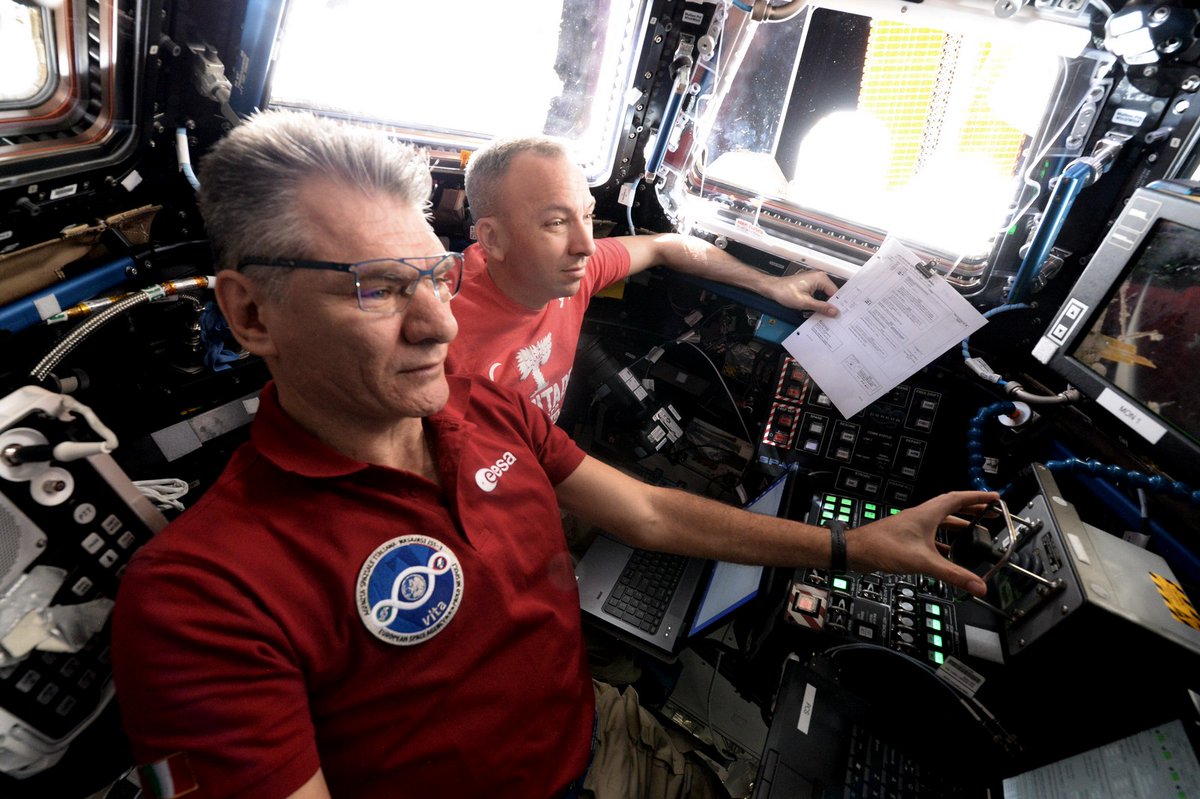
The Dragon spaceship launched to the space station Aug. 14 aboard a Falcon 9 rocket from NASA’s Kennedy Space Center in Florida, then reached the orbiting research outpost less than two days later with a delivery of more than 6,400 pounds of experiments and supplies.
NASA inked a $1.6 billion contract with SpaceX in 2008 for 12 logistics flights to the station. This mission wrapped up work under the original resupply contract, but NASA extended the agreement for eight additional cargo launches through 2019. SpaceX also has a separate, follow-on contract with NASA for at least six flights of upgraded Dragon cargo capsules to the station from 2019 through 2024.
Orbital ATK is NASA’s other cargo transportation provider, using Cygnus supply ships launched on Antares or Atlas 5 rockets. Sierra Nevada Corp. is developing its own cargo vehicle, called the Dream Chaser, which will return landings on a runway like the space shuttle when it begins flying as soon as 2020.
The latest mission carried 20 mice to the space station and back to be examined after their return to the ground, aiding researchers studying how spaceflight affects vision and movement.
“We’re looking at two different biomedical issues,” said Michael Delp, principal investigator for the rodent research experiment from Florida State University, before the launch last month. “The first is visual impairment that occurs in some of the astronauts. To date, it only occurs in male astronauts, so we’re looking at a couple of different aspects of how visual impairment may occur.”
The mice were expected to come back to Earth inside the Dragon capsule alive, and SpaceX will hand over their transporters to scientists upon return to port in Southern California.
Researchers will euthanize the mice and examine the blood vessels inside animals’ eyes and the blood-brain barrier that regulates fluid movement inside the skull.
“The second thing that we’ll be doing is really looking at the brain circulation, and how that affects blood pressure within the skull,” Delp said.
Part of the rodent research team will look at how an extended stay in the space station’s weightless environment affects movement.
“In microgravity, you have a fairly severe physical inactivity, and that can affect a number of the organ systems, such as muscle and bone loss,” Delp said.
One focus of the study will be on how much cartilage in joints degrade after spending time in microgravity. Mice have an accelerated metabolism and undergo changes faster than humans, so a month on the space station is roughly equivalent to a three-year expedition by an astronaut, according to Delp.
The space station cargo mission will also help biologists investigating Parkinson’s disease, a chronic neurological disorder that affects a million people in the United States, and about five million worldwide.
“Although there are medications that ammeliorate the symptoms, we don’t have any therapies that reverse or slow down the progression of the disease,” said Marco Baptista, director of research and grants at the Michael J. Fox Foundation, which funded the station-bound experiment.
Scientists are sending a protein that causes Parkinson’s to the station to measure how it grows without the influence of gravity. The protein, named LRRK2, could be targeted with drugs and therapies in Parkinson’s patients if doctors understand it better.
“The next breakthrough we need is the solving of the crystal structure of LRRK2,” Baptista said. “This is important for two reasons. First, it will allow us a better understanding of the biology of LRRK2 and secondly may help industry optimizing LRRK2 kinase inhibitors or develop novel ways to target LRRK2.”
Growing the protein in microgravity “will lead to bigger crystals, more regular crystallization and crystals with higher intrinsic order,” said Sebastian Mathea, the lead scientist on the LRRK2 experiment from the University of Oxford.
“With those crystals, we hopefully will be able to collect data that allow us to solve the three-dimensional structure of LRRK2, which hopefully will push forward the understanding of the onset of Parkinson’s,” Mathea said.
Another science team awaits results from an experiment probing how microgravity affects the growth of new lung tissue, specifically bio-engineered material tailored to repair damaged organs or reduce the chance of organ rejection in transplant patients.
Scientists have trouble managing the expansion of bio-engineered lung tissue on Earth. The tissue has trouble moving through structures designed to help shape it, and stem cells used to produce the tissue are slow to replicate, according to Joan Nichols, professor of internal medicine and infectious diseases and associate director of the Galveston National Laboratory at the University of Texas Medical Branch in Galveston.
Nichols said microgravity offers a more benign environment, aiding in cell dispersal to help form more uniform tissues.
“We’re getting two things out of this,” she said. “We’re getting a better plan and a better strategy for how to manage production of tissues using microgravity environment, and we’re getting a model that’s going to tell us what would happen in terms of lung repair on long-term spaceflight.”
Other equipment delivered to the space station by Dragon last month included a supercomputer developed by Hewlett Packard Enterprise designed to help engineers gauge the ruggedness of commercial computer components in the harsh conditions of space.
While astronauts got to work in experiments inside the station’s lab facilities, the Canadian and Japanese robotic arms removed a cosmic ray detector carried inside the Dragon’s external payload bay for mounting on a facility outside the station’s Japanese Kibo module.
Derived from an instrument carried aloft on high-altitude balloons, the Cosmic Ray Energetics and Mass, or CREAM, payload will spend at least three years sampling particles sent speeding through the universe by cataclysmic supernova explosions, and perhaps other exotic phenomena like dark matter.
Scientists think the subatomic particles could hold the key to unlocking mysteries about the universe.
Four small satellites inside the Dragon capsule were also transferred inside the space station for deployment later this year.
SpaceX’s next Dragon cargo flight to the space station is scheduled for launch some time in late November or early December.
Email the author.
Follow Stephen Clark on Twitter: @StephenClark1.

